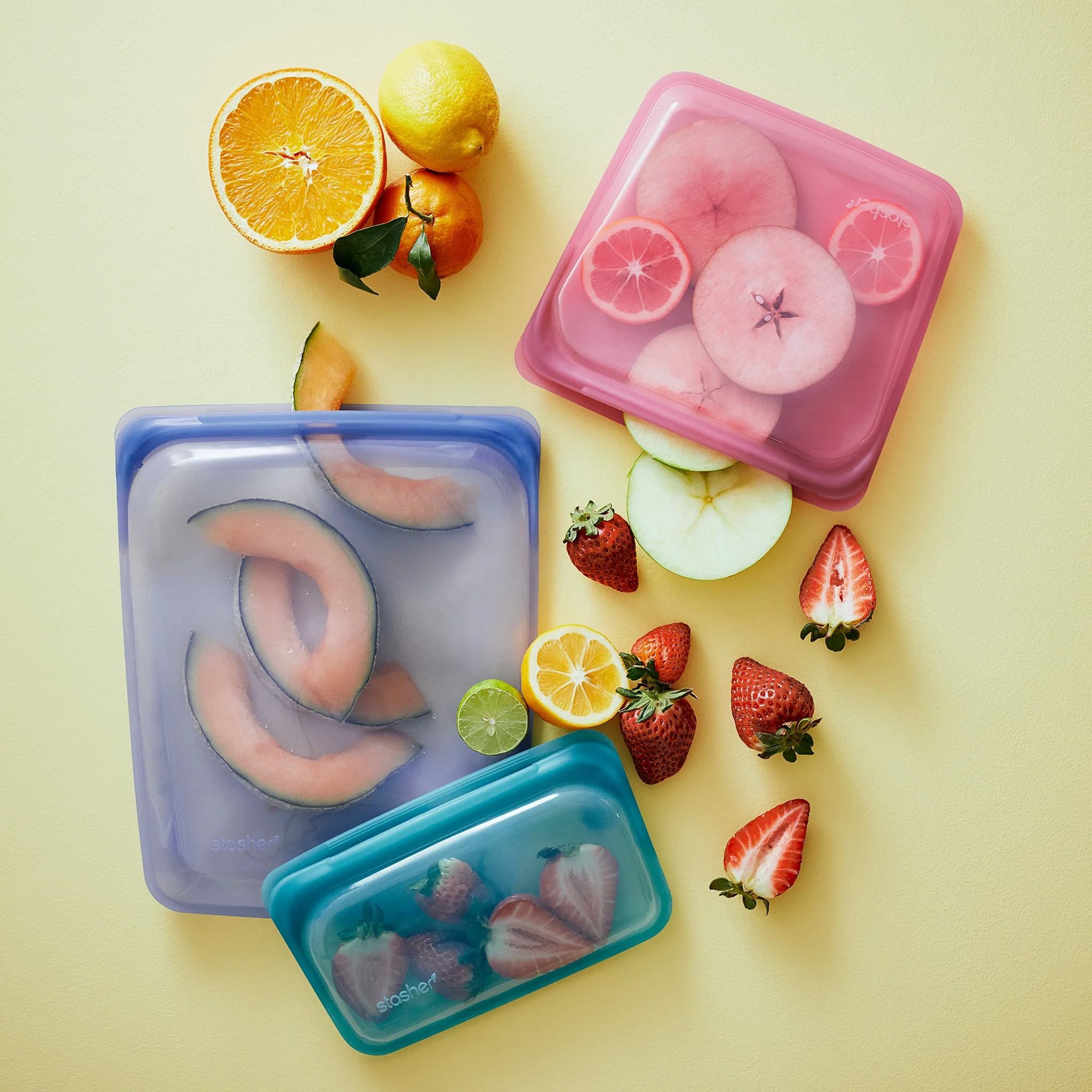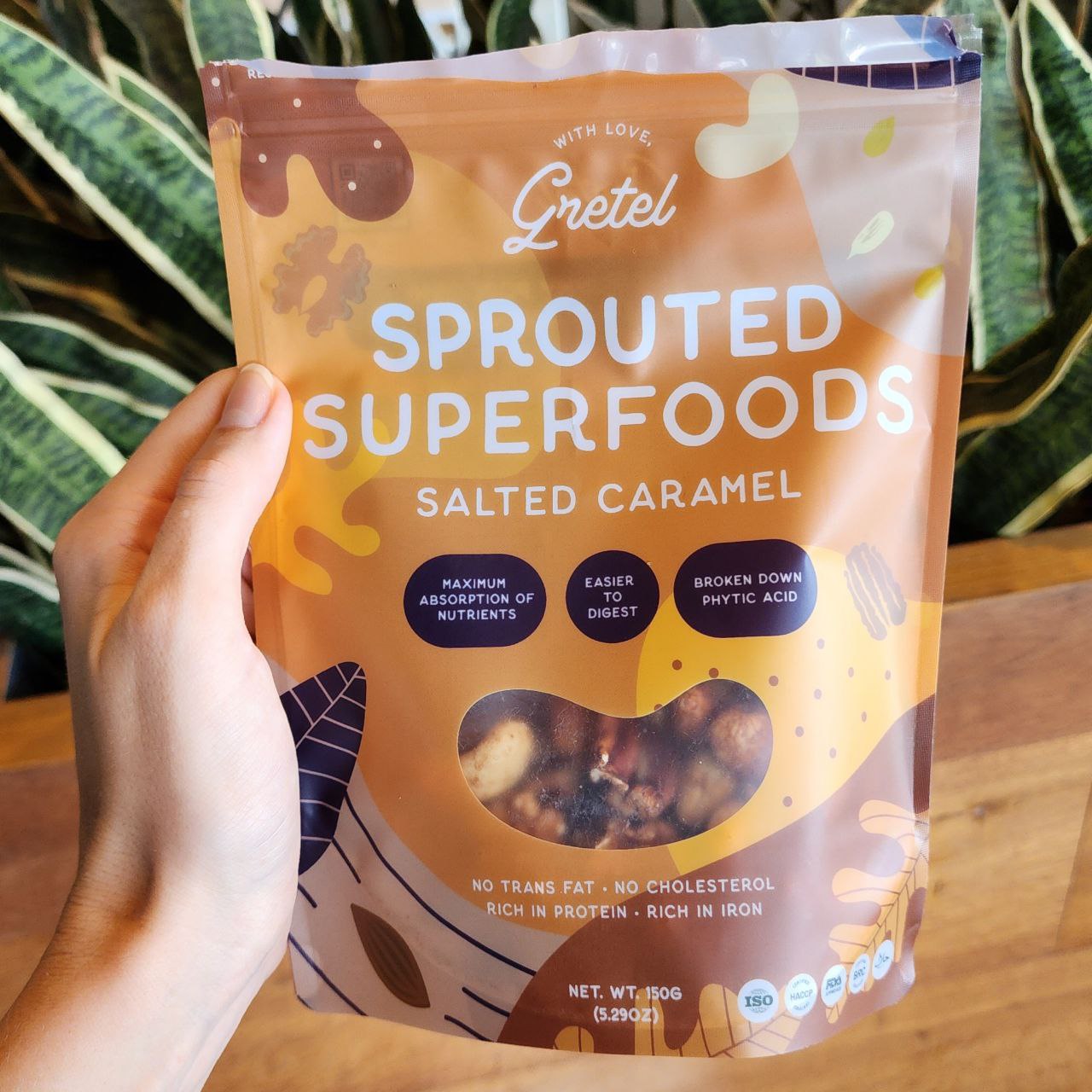Picture this: You’re in the bathroom, reaching for a convenient and refreshing flushable wipe. But wait, before you hit that flush button, have you ever wondered if those so-called “flushable” wipes are actually flushable? It’s time to uncover the truth behind this bathroom conundrum and whether these wipes are a friend or foe to our plumbing systems. Let’s dive in and flush out the facts!
- The “Flushable” Label: Ah, the allure of the “flushable” label – it gives us a false sense of security. Here’s the deal: While many flushable wipes do indeed break down more easily than traditional baby wipes, they can still cause major plumbing headaches. The truth is, these wipes may pass the initial flush, but they can clog pipes further down the line.
- Slow Breakdown Process: Unlike toilet paper that disintegrates quickly in water, flushable wipes are designed to be more durable. They often contain synthetic fibers or materials that take longer to break down, even when exposed to water. This slow breakdown process increases the risk of clogs in your plumbing system, leading to costly repairs and backups.
- Sewer System Struggles: Flushable wipes are not just a problem for your home’s plumbing; they wreak havoc on sewer systems as well. Municipalities worldwide have reported issues with wipes clogging up sewer lines and causing blockages at wastewater treatment plants. These blockages can lead to environmental pollution, increased maintenance costs, and potential sewer overflows.
- Misleading Packaging Claims: To make matters more confusing, the term “flushable” is not regulated by a universal standard. Manufacturers can label their wipes as “flushable” based on their own testing methods, which may not reflect real-life plumbing conditions. As a result, the “flushable” claim can be misleading and cause consumers to inadvertently harm their plumbing systems.
- Alternative Solutions: Fortunately, there are alternative solutions that are truly safe for flushing. Toilet paper remains the best choice, as it is specifically designed to break down rapidly in water. For those seeking a wet wipe experience, consider using biodegradable wipes specifically labeled as “septic-safe” or “non-flushable.” These wipes are designed to be disposed of in the trash, sparing your plumbing from unnecessary stress.
When it comes to flushable wipes, it’s essential to separate fact from fiction. While they may technically flush down the toilet, the reality is that they can cause serious plumbing problems and wreak havoc on sewer systems. To avoid plumbing disasters, stick to flushing only toilet paper and dispose of any non-flushable wipes in the trash. Remember, it’s better to be safe than sorry when it comes to protecting your plumbing and the environment.






